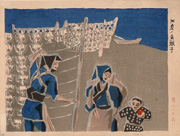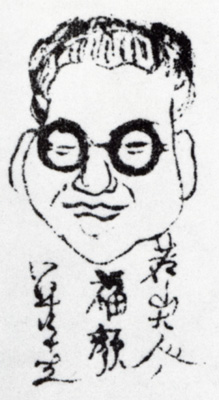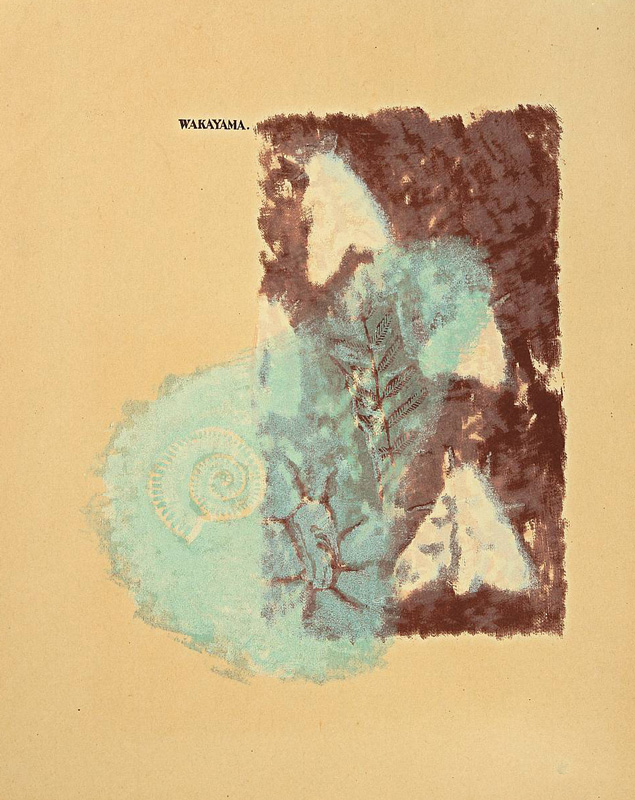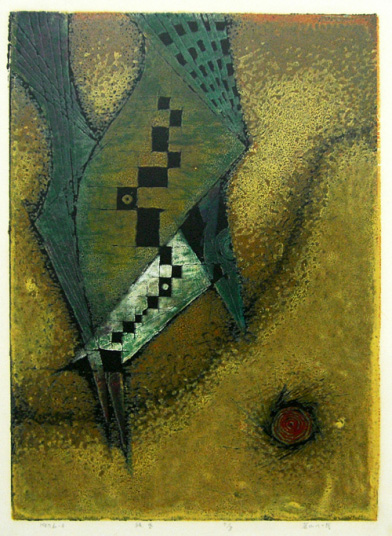Prints in Collection
Biography
"The lucky face of the great Wakayama" by Junichiro Sekino, signed Sekino sei ('brought to life by Sekino') | Wakayama Yasōji 若山八十氏 (1903-1983) Source: Japanese Prints During the Allied Occupation 1945-1952, Lawrence Smith, British Museum Press, 2003, p. 50 and Guide to Modern Japanese Woodblock Prints: 1900-1975, Helen Merritt, University of Hawaii Press, 1992, p. 165-166. Wakayama Yasōji was born in Hokkaido in 1903. In 1926 he graduated from the law department of Chūō University. He studied mokuhan (woodblock printing) with Onchi Kōshirō (1891-1955) and Maekawa Senpan (1888-1960), nihonga (Japanese-style painting) with Matsuzaki Osami (dates unknown) and Yoga (Western-style painting) with Ushijima Noriyuki (1900-1997). He is credited with developing mimeographic stencil printing (using a mimeographic screen) of artistic subjects and he exhibited these prints with the Japanese Print Association (Nihon Hanga Kyōkai), National Picture Association (Kokugakai), and Shin Bunten. All of his prints shown in the Japanese Print Association exhibition in April 1946 used his mimeographic technique. |
Wakayama, like many of the younger Sōsaku Hanga artists, came from the country, in his case from Hokkaido. They brought with them direct insights into country life, scenery and traditions, which had been lacking in the rather urban world of the pioneers of the movement. His contribution to the 1946 series Picture Notes on Native Customs of Japan reflects his rural roots.
Other Examples of the Artist's Prints
| Haru (Spring) Ichimokushū First Thursday Collection, Vol 2, 1946 British Museum 1994,1217,0.1.p | Frozen Time Ichimokushū First Thursday Collection, Vol 6, 1950 | 孤昏, undated |


-Ichimokushu-Fir-f3c1bb6be9af0435.jpg)

